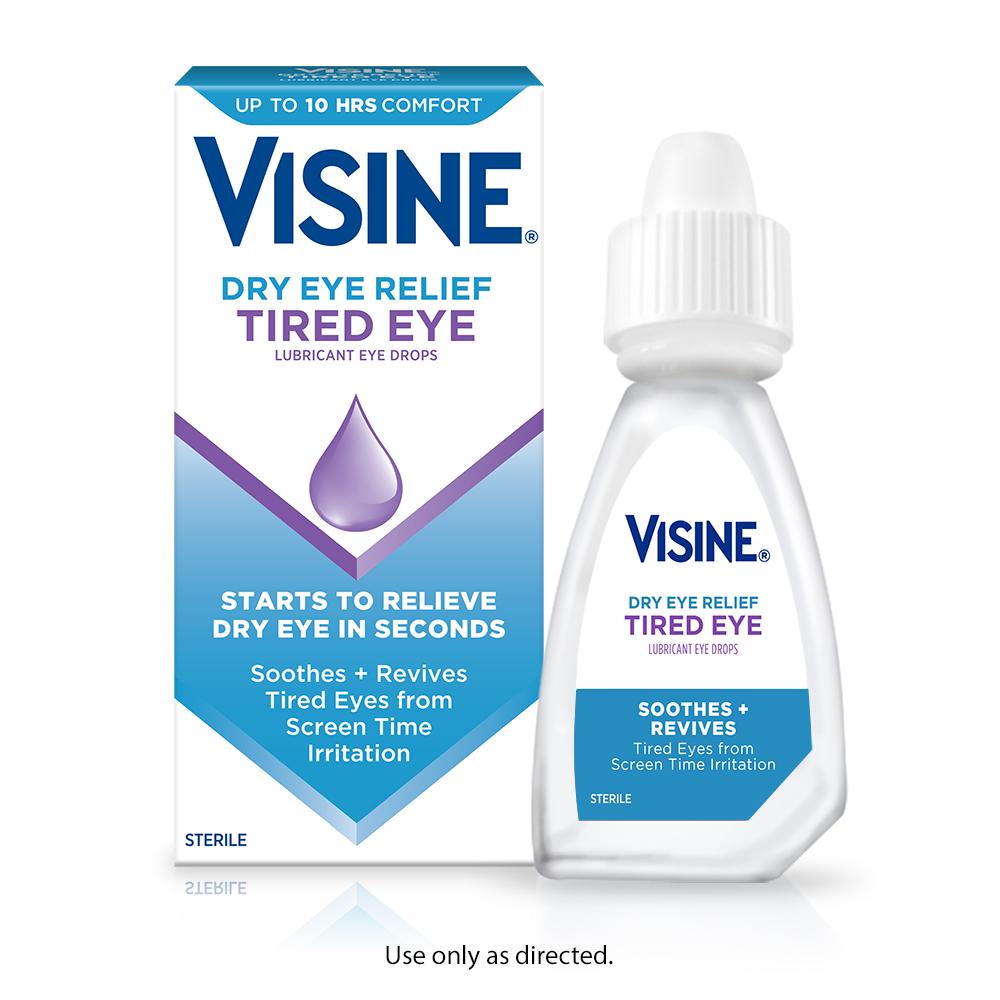Ophthalmic treatments for eye diseases rely mostly on eye drop medication administered to the patients in an outpatient setting. Eye drop administration appears to be easy. However, patients with compromised eyesight may face difficulties. Additionally, drug action duration is shorter, requiring frequent administration (one to eight times a day). This results in the patients’ non-compliance, and they often miss out on the regimen.

Thus, topical, patient-friendly, and long-acting delivery systems are needed for external treatments. It should also be known that topically delivered medication does not reach drug targets in the eye’s posterior segment. As such, retinal diseases are treated with intraocular injections. So, it is essential to utilize Ocular Drug Delivery Systems.
Introduction
Drug delivery to the eye’s intraocular tissue system can be improved using modified intraocular injections and implants. But ophthalmologists and specialized nurses should administer these drugs. Intravitreal delivery of the drugs is the only clinical option to treat posterior segment areas of the eye (retina and choroid). The burden of such injections to patients and the healthcare system is enormous. Other drug administration routes (e.g., subconjunctival or suprachoroidal) and prolonged action formulations have been investigated as alternatives to intravitreal injections.
Newer drug delivery systems, less invasive or longer acting, are needed for posterior segment treatments. Ocular drug (Ocular Drug Delivery Systems) targets are in anatomically distinct regions in the anterior or posterior tissues of the eye. The treatment’s efficacy depends on several factors like the disease state, drug properties, and delivery to the target sites.
For each ocular drug administration route, drug delivery depends on the pharmacokinetic key parameters, such as bioavailability, drug elimination from the target tissue, dosing regimen, and release and/or dissolution of the drug.
An ocular drug delivery system should have the following properties for optimal therapeutic activity.
- A prolonged and extended contact time with corneal tissue.
- A good corneal penetration.
- A non-irritative and at ease form (the viscous solution should not irritate lachrymation and reflex flashing).
- The simplicity of installation and removal for the patient.
- It should have appropriate rheological properties and concentration of viscolyzer.
Marketed Product of Ocular Drug Delivery System:

- Acuvail 4.5mg/ml ketorolac tromethamine solution (0.45%) in a single-use vial; for Cataract surgery
- Alocril 2% is a clear, yellow, sterile solution; for Allergic conjunctivitis
- Elestat 0.05% epinastine HCl ophthalmic solution; for Allergic conjunctivitis
- Ozurdex 0.7 mg dexamethasone intravitreal as an ocular implant; for Retinal vein occlusion
- Pred Forte 1% prednisolone acetate, ophthalmic suspension, USP.; for Bulbar conjunctiva
- Trivaris 80mg/ml triamcinolone acetonide; injectable suspension.; for Sympathetic ophthalmia
- Zymar 0.3% gatifloxacin ophthalmic solution.; for Bacterial conjunctivitis
- Zymaxid 0.5% gatifloxacin ophthalmic solution.; for Bacterial conjunctivitis


Pingback: Teva Pharma launch Brinzolamide Ophthalmic Susp > PharmaCampus
Pingback: Is Big Data Analytics revamping the Pharmaceutical Industry? > PharmaCampus